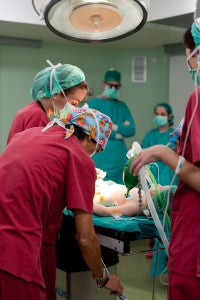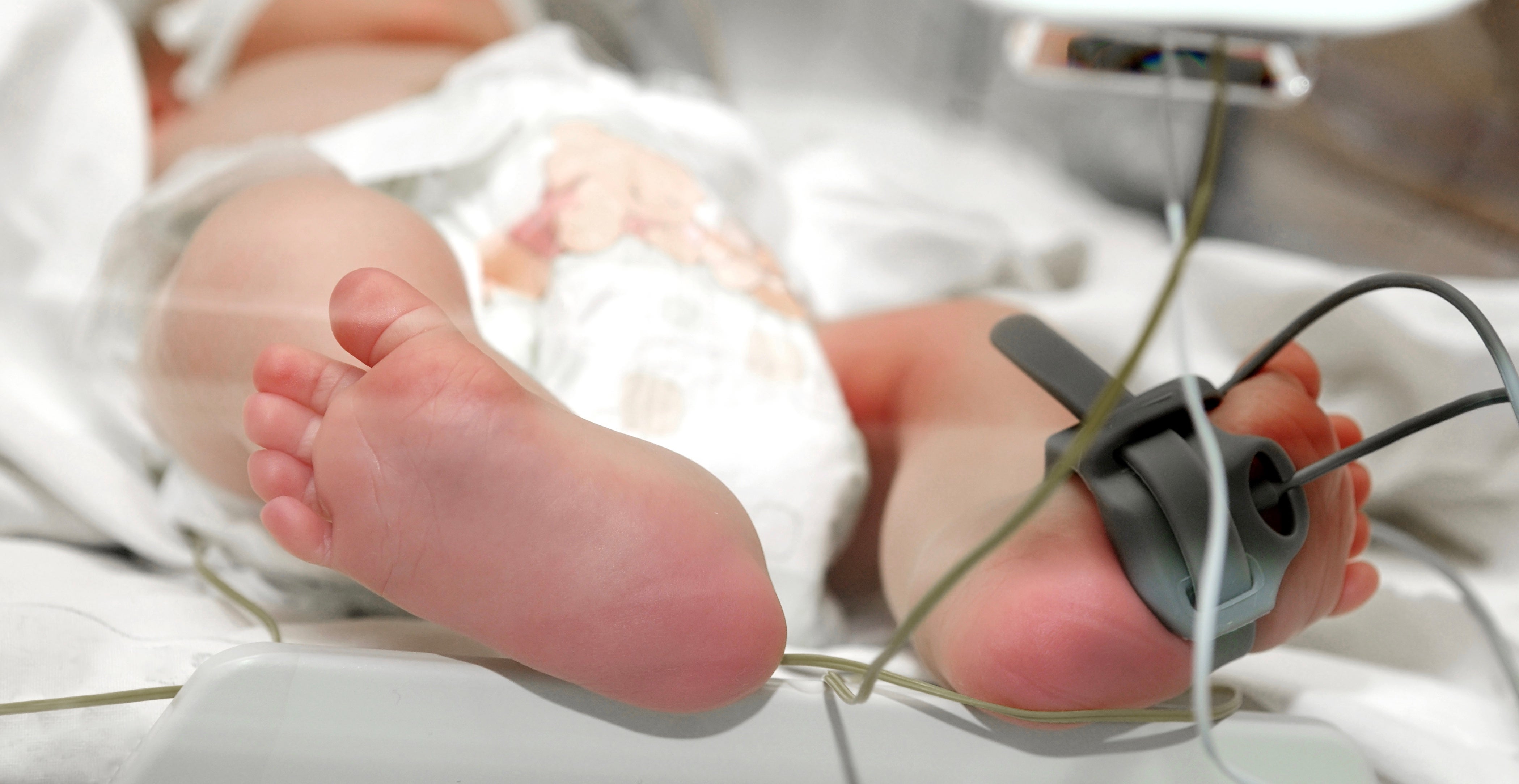One of our projects at Ariadne Labs is to better understand how physicians and nurses have been using checklists to make surgery safer for children. I am a pediatric surgeon on sabbatical in Boston this year. I normally work in Calgary, Alberta, one of the largest cities in Canada. In Calgary, I use a checklist every time take a child into the operating room; whether the case is very simple or incredibly complex. When I came to Ariadne to work with the Safe Surgery group, one of the things I wanted to do was examine how checklists are actually working to help children undergoing surgery.
Ensuring the safety of pediatric surgical patients is tricky. Physicians who care for pediatric patients tell their students “remember, children are not just small adults”. When they say this, they mean that children respond differently to illnesses and stress. These are important factors to consider when a child has an operation. Although a newborn may not get a heart attack, they lose fluids rapidly through their thin skin, their body temperature quickly plummets in a cold room, they rapidly burn through cells used to fight infections and the amount of blood in their body is less than the volume of a can of soda.
When thinking about how to make surgery safer for children, being aware of these physiologic differences is incredibly
important. The challenges involved in operating on a child are not simply related to the patient’s physical differences. There are complex social differences as well. Decisions regarding surgery are constantly being made on behalf of children who may not comprehend the nature of the operation, its risks or their choices. It is a difficult task to weigh all of these issues and consider what the future might or might not hold for our smallest and most vulnerable patients. It is often a parent who takes on the burden of this task in partnership with the physicians. The role of a parent in making decisions for their children and protecting them from harm speaks to a special relationship that extends from the home into the operating room. The dynamic relationship between parent, child and caregiver is one of many aspects of pediatric surgical care that places different demands on a checklist and creates new opportunities for how a checklist could be used.
In order to look at these complex issues, a group of us at Ariadne are gathering together all the studies that have been published that examine the effectiveness of surgical checklists in children. Using these studies, we will explore how checklists have and haven’t made pediatric surgery safer and develop recommendations on how checklists can be used most effectively in children.
When we started to develop the idea for this study, we involved the pediatric surgery quality and safety research team in Calgary and reached out to some of my colleagues who are pediatric surgeons and administrators in Canada. The pediatric surgery leaders were very interested in getting involved. Pediatric surgical care is centralized in Canada; where relatively few hospitals provide care for the majority of complex pediatric surgical patients. The Pediatric Surgical Chiefs of Canada recently published a paper in which they expressed their belief that the surgical safety checklist is important for patient safety; but they also expressed their concern that the checklist could work better for children.
As part of our study, we are gathering surgical checklists in current use across Canada to see how different centers have changed the original World Health Organization surgical safety checklist checklist when adapting it for practice. These changes will reflect the natural evolution of this tool within pediatric surgical systems.
Using the information from our review of published studies and examining the modifications performed on checklists in current use, we will identify factors that improve the function of pediatric surgical checklists. We will put together recommendations for the use of surgical safety checklists in children and, with the Pediatric Surgical Chiefs of Canada, we hope to use this information to develop Canadian national consensus guidelines.
Despite the fact that we know that children are not “small adults,” the approaches that have been undertaken to improve surgical safety in children are usually modifications of what has already been done in the adult world; often without a rigorous attempt to figure out if they actually work as intended. By focusing on the things that make pediatric care different and by gathering the evidence on how pediatric surgical checklists have performed in practice, we can start to think about what changes we need to make surgery safer for children.



